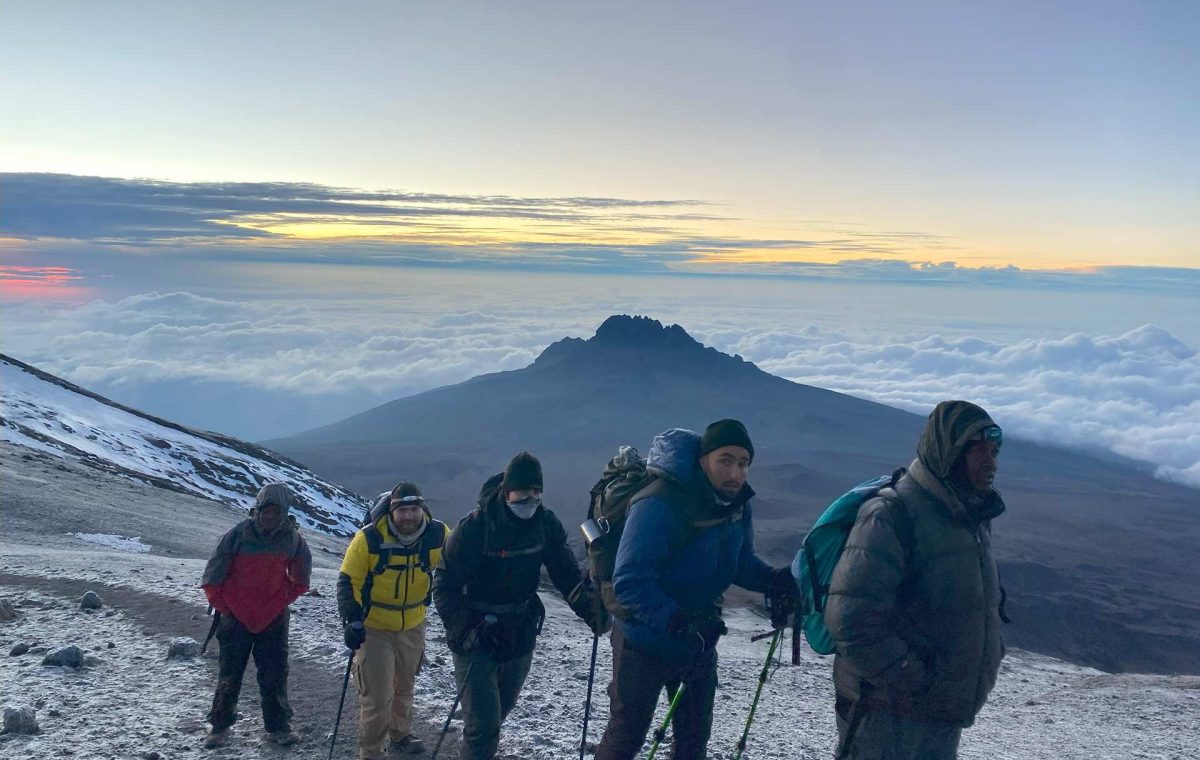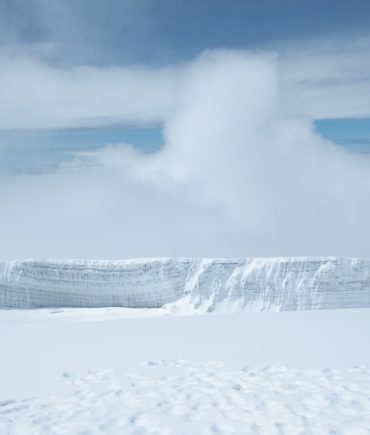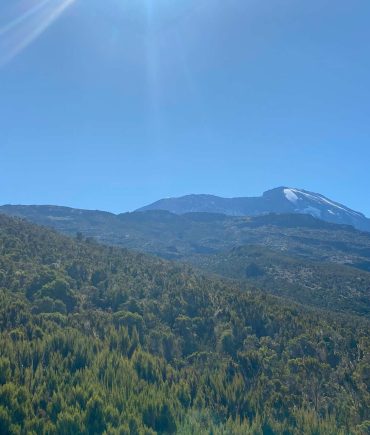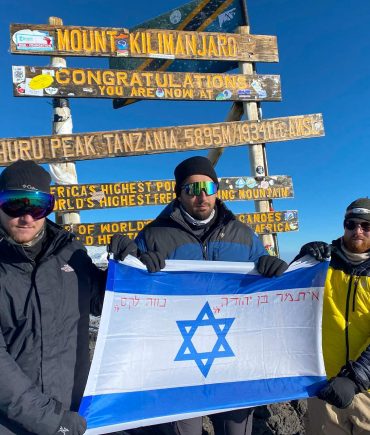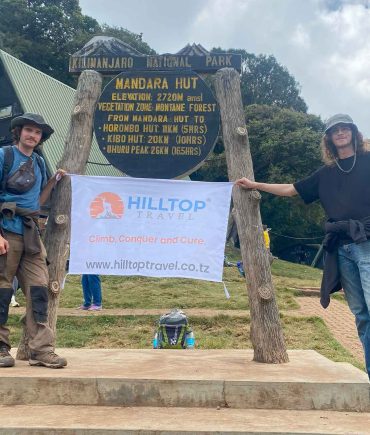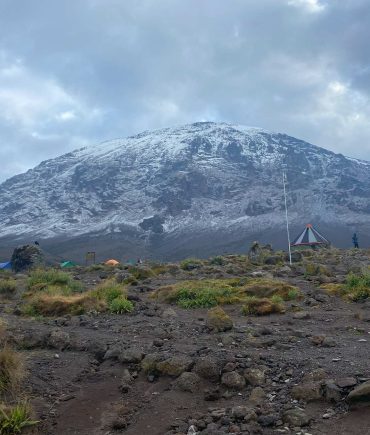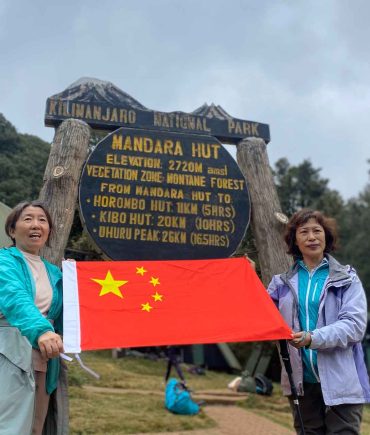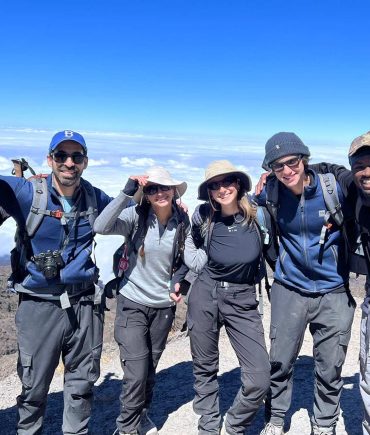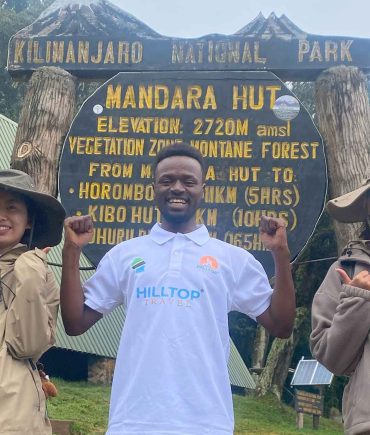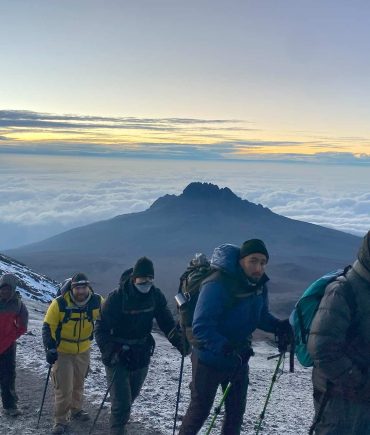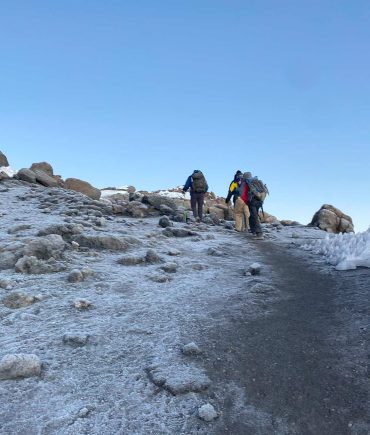Health and Safety on Mt. Kilimanjaro
Ensuring safety while climbing Mount Kilimanjaro, Africa’s highest peak, is essential. The trek across its varied terrain, from lush rainforests to rugged alpine deserts, requires thorough preparation and adherence to safety guidelines. Acclimatizing to the altitude is crucial for coping with lower oxygen levels, so taking your time is important. Selecting a reputable tour company with experienced guides who are skilled in managing altitude sickness and emergencies is vital. Proper gear, such as durable boots and warm clothing, is necessary for the unpredictable weather conditions. Staying hydrated and well-nourished throughout the journey is also key. Additionally, adhering to environmental guidelines and practicing Leave No Trace principles helps preserve Kilimanjaro’s natural beauty and ensures a safer experience for all. Prioritizing safety allows climbers to fully appreciate the breathtaking views while minimizing risks during this demanding adventure.
Important Safety Considerations for Kilimanjaro Hiking
Hypothermia
Hypothermia happens when the body’s temperature drops certainly, at any rate, it might be avoided with thought. Right clothing and equipment are essential to prevent Hypothermia. Protecting pieces of clothing from getting wet, either by sweat or from the rain. Layering dress is furthermore an astonishing idea. The treatment of hypothermia isn’t troublesome and someone suffering with it should be passed on to a protected zone at the most punctual chance. Following which all the wet clothing should be removed from the harmed person’s body before putting them inside three climbing beds for warmth, preferably with another person to raise the body temperature.
Altitude Sickness
Altitude Sickness is the most extensively watched issue that most climbers go facing while at the time of Mount Kilimanjaro Climbing. Exceptional Mountain Sickness happens when you achieve high statures, for instance, Gilman’s Point, Stella Point or on the Summit of Kilimanjaro. However, it can be managed quickly, by bringing the individual enduring down to lower tallness. In any case, the turmoil can be kept away from by beginning with a moderate pace close to the start of your trek, adding an additional day to adjust as per the high stature and by drinking 3-4 litters of water each day during your Mountain Trekking. You can likewise take altitude sickness prescription.
Foot Problems
Foot problems can arise if you’re wearing poorly fitted boots or new ones that haven’t been broken in, leading to discomfort and pain. It’s essential to wear comfortable, well-fitted footwear and keep your toenails trimmed to avoid rubbing or snagging on your socks. If you notice any soreness, remove your boot promptly and treat the affected area with zinc oxide tape or a plaster. To maximize your chances of a successful Kilimanjaro climb, ensure you have a quality packing list, choose the best time to visit, follow the climb high/sleep low principle, stay hydrated, listen to your guide, and ascend the mountain ‘pole pole’ (slowly). At “Toto Africa Adventures,” we prioritize our clients’ safety, ensuring everyone enjoys their Kilimanjaro experience and returns home in good health.
Sunburn
When climbing Mount Kilimanjaro, you are exposed to intense UV radiation from the sun, which can lead to severe sunburn. To protect yourself from sun damage, it is advisable to use a sunscreen with an SPF of at least 30. Additionally, wearing a wide-brimmed hat that shields your face and UV-protective sunglasses with side shields will provide further protection against the sun’s harmful rays.
Explore Hiking tours
Climbing Mount Kilimanjaro Tours
Verified My friend and I had an amazing vacation and made many memories that will last a lifetime. Our September 29th day trip to Mandara Hut along the Marangu Route was fantastic! My friend and I had an amazing vacation and made many memories that will last a lifetime. Our amazing guide, Daniel, made the walk both entertaining and instructive with his knowledge of Kilimanjaro and his enthusiasm for the mountain. The feeling of achievement at Mandara Hut, the breathtaking vistas, and the thick rainforest were all ideal. The owner, Daniel, made sure we were comfortable and educated at every turn, going above and beyond to make our stay unforgettable. Hilltop Travel and hiring Daniel as your guide are both excellent choices if you're thinking about visiting Kilimanjaro.Verified Any picture of kilimanjaro summit, Thank you to Hilltop Travel for making my recent day trip to Mount Kilimanjaro via the Marangu Route so unforgettable. Every step of the process was smooth and well-planned. An authority on the local landscape and customs, our guide ensured our comfort and kept us informed at every turn. The actual trek was magnificent, with beautiful views of the surrounding forests and towering hills. There were lots of opportunities for us to enjoy the breathtaking view, and the pace was ideal. Our guide provided fascinating information on the history of the mountain, the Chaga people's culture, and the local flora and fauna.Regardless of your level of competence, Hilltop Travel guarantees a safe, instructive, and genuinely remarkable Kilimanjaro experience. Highly recommended.Verified 7-day Machame trek with Hilltop Travel, Climbing Mount Kilimanjaro was an unforgettable adventure! I completed the 7-day Machame trek with Hilltop Travel, and I can’t recommend them enough. The entire journey, starting on July 23, 2024, was well-organized and expertly guided. From the very first step on the trail to the triumphant summit, the Hilltop Travel team provided exceptional support. A huge shoutout to our guide, Denis, whose unique approach truly made the journey special. His deep knowledge of the mountain, combined with his experience and calming presence, helped us navigate through the toughest parts of the trek. Denis not only guided us but also shared fascinating insights into the surrounding environment and local culture, which added so much to the experience. The support from Hilltop Travel team was also remarkable from the very start. Upon arrival at Kilimanjaro International Airport, the driver was waiting to pick us up, and we felt welcomed and well taken care of right from the start. Additionally, Daniel, the managing director, was incredibly helpful and attentive, ensuring everything went smoothly from the office side and checking in to make sure we had everything we needed. Their professionalism, knowledge, and attention to detail made the tough trek feel safe and enjoyable. The stunning landscapes and reaching the top were beyond words. If you're planning to conquer Kilimanjaro, climb with Hilltop Travel for an amazing experience.Verified My safari was Glorious My Mountain safari has been the best memory i made with my Girlfriend. We thought climbing a mountain was a very hard task but every step towards the roof of Africa was amaizing and with the help of wonderful guides from HillTop Travels just made things more easier. I look forward to booking my Safari with them because they made my experience worth it.Verified Good and frendly customer serviced The tour guides were exceptionally friendly and knowledgeable, providing fascinating insights that enriched my understanding and appreciation of the places we visited especially mount kilimanjaro. I felt well taken care of throughout the entire journey, and allowed me to truly relax and enjoy every moment.Verified kilimanjaro I recently climbed Kilimanjaro with Daniel as our mountain guide, and I couldn’t have asked for a better experience. Daniel is incredibly kind, intelligent, and very polite, with a great sense of humor that kept our spirits high throughout the journey. His expertise and leadership made me feel completely safe, and it was a true pleasure getting to know him and sharing this unique adventure. Highly recommended!

